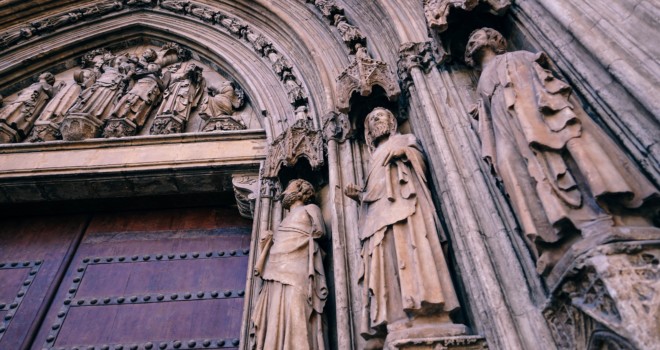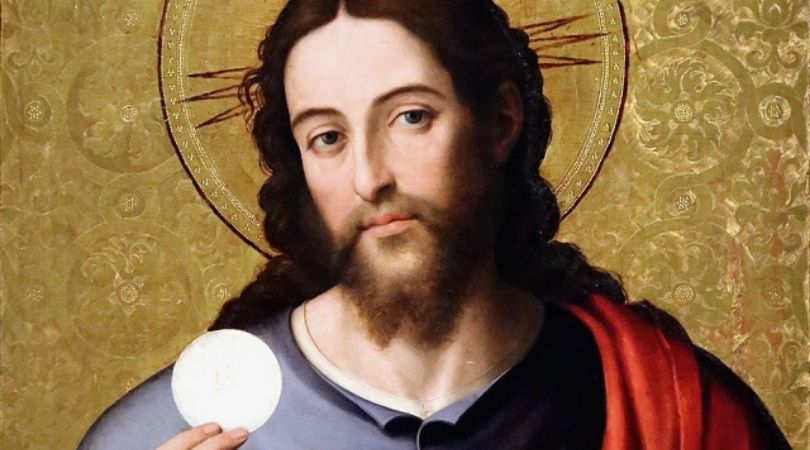The concept of the perfect, faultless saint is unrealistic. We have only to look at the gospels to see how imperfect the Apostles and first Christians were. There was a point in their lives when they changed. We call that point the time of their “conversion,” their encounter with the Sanctifying Spirit. For the Apostles it was Pentecost, for Paul it was a blinding light on the road to Damascus, for Cornelius it was the mere presence of Peter.
However, most of the saints did not have dramatic experiences. As we have seen in the life of Matt Talbot, it was pain, disappointment, and a feeling of emptiness that pushed him into the arms of God. No matter what happened, the saints determined at some point to follow Jesus. A vacuum deep in their souls began to be filled, for they found the pearl of great price. They all changed their lives, some their state in life, but they did not get rid of their weaknesses. They fought harder, conquered more often and grew, like Jesus, “in grace and wisdom before God and men” (Luke 2:52).
In the Acts we see Peter’s vacillating spirit making him and everyone else miserable as he took so much time deciding the fate of the Gentiles. Paul’s temper flared quickly as he argued his point before the gathering of Apostles. John, called by Jesus a son of thunder, had little patience with those who would not follow Jesus.
In the lives of all the saints we find the following similarities:
-
love for God and neighbor,
-
determination to imitate Jesus,
-
an immediate rising after a fall,
-
a complete breakaway from grievous sin,
-
growth in virtue and prayer,
-
and the accomplishment of God’s Will.
These factors are available to every human being; they do not exclude imperfections and faults. We must make a distinction between faults and sins. A saintly person keeps the Commandments; however, he may possess various human qualities, dispositions that make the imitation of Jesus a sanctifying process. These weaknesses make him choose constantly between himself and God. It is in this emptying of oneself and the “putting on of Jesus” that he becomes holy.
Holiness is a “growth experience” and growth consists in advancing in knowledge, love, self-control and all those other imitable virtues of Jesus. We must not lose sight of holiness as we grow, for holiness only means that Jesus is more to us than anyone or anything else in the world. But this desire to belong entirely to God does not exclude being loving to our neighbor, compassionate, caring, patient and kind. Our desire to belong to God enhances all these virtues in our souls, increases our love for our neighbor and makes us more unselfish.
A housewife becomes holy by being a loving wife and mother, filled with compassion for her family because she is filled with the compassionate Jesus.
A husband and father becomes holy by being a good provider, hardworking, honest and understanding because his model is the provident Jesus.
Both husband and wife become holy together as their love for Jesus grows. Love makes them see themselves and change those frailties that are not like their Model. In doing this, life together is less complicated and more loving and understanding. They are bound together by love and prayer, mutual striving and forgiving.
This article is from a chapter in Mother Angelica’s Guide to Practical Holiness.








